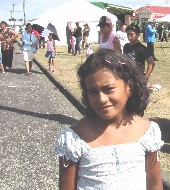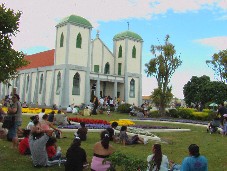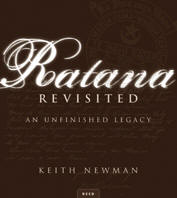 RATANA BOOK DEFENDED RATANA BOOK DEFENDEDRadio Waatea news August 12, 2006 Former Labour MP Whetu Tirikatene-Sullivan has come to the defense of a new book on the Ratana church. An Auckland-based apotoro or apostle, Raiti Aperahama, says Ratana Revisited should not have been written because of a church proscription on commercialisation, and because author Keith Newman was not a morehu or church member. Mrs Tirikatene-Sullivan, whose father Eruera Tirikatene was the first Ratana MP, says she also had doubts, but they went away when she read the book. “I do not really look at things with that viewpoint, that only a Maori can write about Maori things, only a Ratana can write about Ratana, no, I don’t think like that. Somebody with the skills to do that and the time, and if someone is prepared to do that, I welcome the contribution to the overall knowledge,” Tirikatene-Sullivan said.
|
|
|
Keith Newman
Few understand the pivotal role T.W. Ratana played in reviving the Maori
spirit during the two world wars, not only through his healing and teaching
ministry but through bringing the Treaty of Waitangi back into the public
mind and steering the political will to address Maori issues. Keith Newman
has gathered
This thoroughly researched, comprehensive book traces the connections
between Ratana, the healer and prophet and political visionary, and the
Maori prophetic and kotahitanga movements of the past 160 years. This
landmark book brings together the hidden history of Ratana, the widespread
nationwide influence of this pan-tribal movement and it is hoped it may
restore to the morehu (the faithful survivors) a sense of their own heritage
and destiny. Ratana Revisited also redresses the current lack of
information and knowledge about the Ratana movement. Evolving over nearly 20
years, Keith Newman has gathered information and gained the confidence of
key people within the Ratana movement in order to produce this fascinating
volume of work.
Very little has previously been written about the Ratana movement and few understand the pivotal role Ratana himself played in reviving the Maori spirit during the two world wars. T.W. Ratana was many things: a healer; a prophet; a political visionary; and advocate of the Treaty of Waitangi. He spoke prophetically of World War Two, of the bombing of Hiroshima, of New Zealand hosting an influx of Asian people, a Labour government led by a woman prime minister and a time when the Treaty of Waitangi would be on everyone’s lips. Inspired by his own brushes with the Ratana movement, Keith Newman has researched this history meticulously, getting to the heart of the Ratana story. Surprised by the lack of information available on Ratana, he began gathering information for this work in the 1980s. His position as a Pakeha outsider, he says, was both his greatest asset and obstacle. After being given an official ‘no’ by church elders in response to his request to access documents about the movement, he was later given unprecedented access to information by Uri Whakatupuranga (New Generation Trust) – the unofficial archivists of the Ratana movement. Much of the information Newman has drawn on has never before been translated from te reo Maori and was, for a long time, inaccessible to many within the movement as well as those outside it. Motivated by a desire to restore to Ratana’s morehu (faithful survivors) a sense of their own heritage and destiny, Newman has gifted all New Zealanders a detailed and comprehensive account of part of their history that has previously been inaccessible. This is an engrossing read which draws the reader in and is illustrated with fascinating images by renowned photographer Ans Westra, taken at Ratana Pa between 1962 and 2005.
|
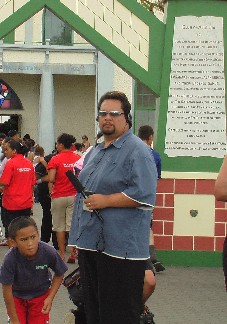 REITI
REITI
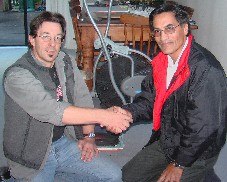 Ratana Revisited
Ratana Revisited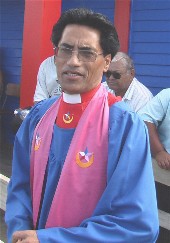 together material that has previously only been available in te
reo or has not been accessible to the public at all. At the same time he has
acquired a significant collection of historical photographs; including
imagery from Ans Westra from her collection of photographs taken at Ratana
in 1962, 1972 and in recent years.
together material that has previously only been available in te
reo or has not been accessible to the public at all. At the same time he has
acquired a significant collection of historical photographs; including
imagery from Ans Westra from her collection of photographs taken at Ratana
in 1962, 1972 and in recent years. 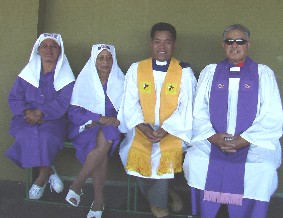 ‘Ratana
Revisited: an Unfinished Legacy’ has not been an easy story to research
and write and has been even more difficult to finish…’ begins Keith Newman’s
landmark work on the hidden history of T.W. Ratana and the movement he
founded.
‘Ratana
Revisited: an Unfinished Legacy’ has not been an easy story to research
and write and has been even more difficult to finish…’ begins Keith Newman’s
landmark work on the hidden history of T.W. Ratana and the movement he
founded.